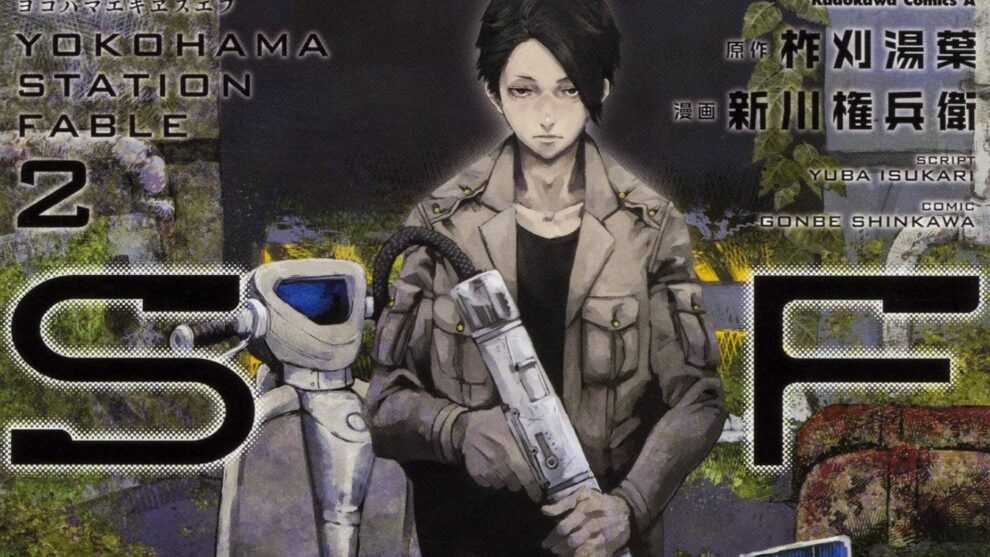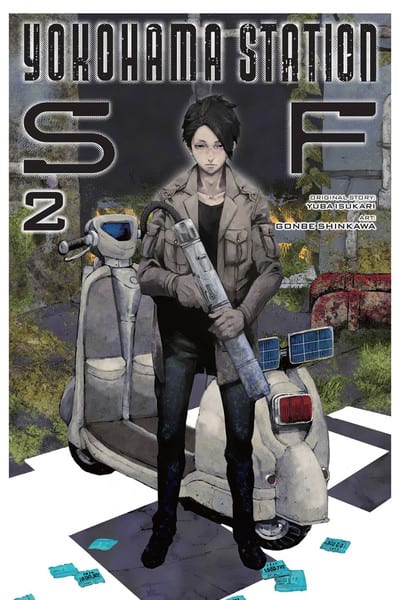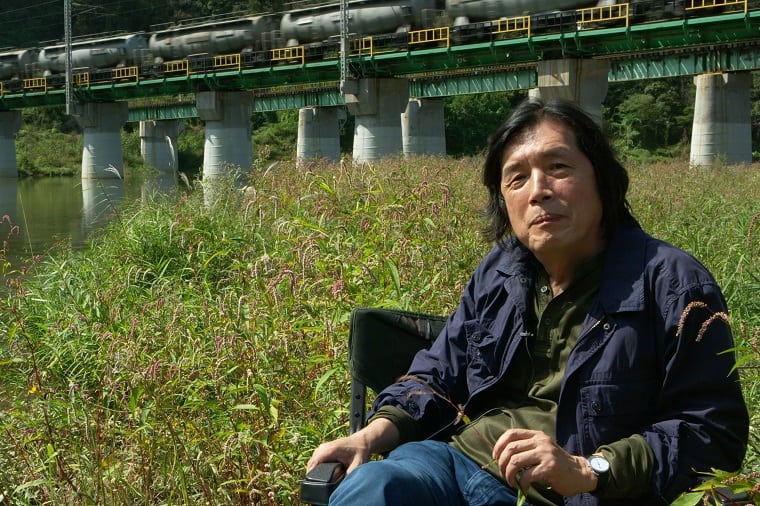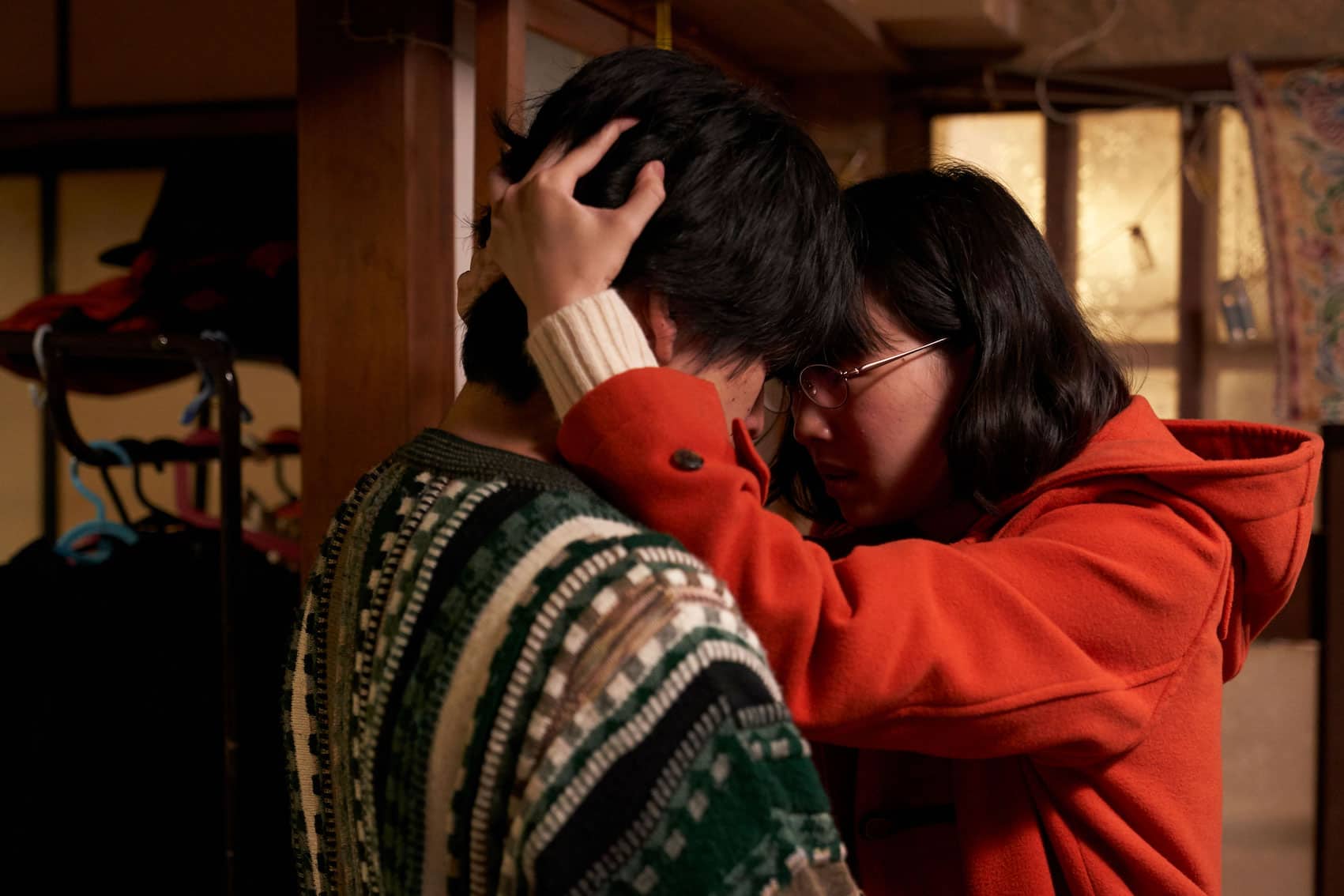“Hiroto has finally found Keiha Nijo, the leader of the Dodger Alliance, able to evade the station's automatic turnstiles by falsifying her location data. Will her story finally shed some light on the history of Yokohama Station's propagation?” (Yen Press)
“Yokahama Station SF” and its ever-expanding corridors created through self-replicating technology is a concept that has become more prevalent with real-life advances in AI tech. While not necessarily reflecting the probability of AI's progress, the book and manga still capture a general uncertainty about the unlimited potential of the quickly growing industry. Indeed, this sentiment has existed within the sci-fi genre since its inception when Karl Capek coined the term robot. However, “Yokahama Station SF,” as a concept, is one of the more fascinating interpretations and execution of speculative sci-fi published.
Check also this video
The inaugural volume of the manga did leave a bit to be desired compared to the original novel. Notably, it failed to capture the grandness of the sprawling Yokahama station, a land mass constantly evolving and transforming. And while the second volume does little to improve this shortcoming, it squashes the necessity by nailing the story's complexity. The manga makes the complex concepts laid forward in the novel palatable while also not overbearing the audience with dialogue and exposition. The series may not be the ‘prettiest' to look at, but the conversation and flow are surprisingly simple and engaging to follow.
That is not to say that the art is poor, as, even though it fails to capture the scale of the titular Yokohama station–the second volume also marks a slight improvement on this issue–it still has its positives. Notably, Yuba Isukari's art has a coldness that compliments a world where most of its inhabitants are confined inside and at odds with their environment. Consequently, any visual disconnect from the inaugural volume dissipates as the story hits its stride and Gonbe Shinkawa's art begins to present itself as an ideal interpretation of the original novel.
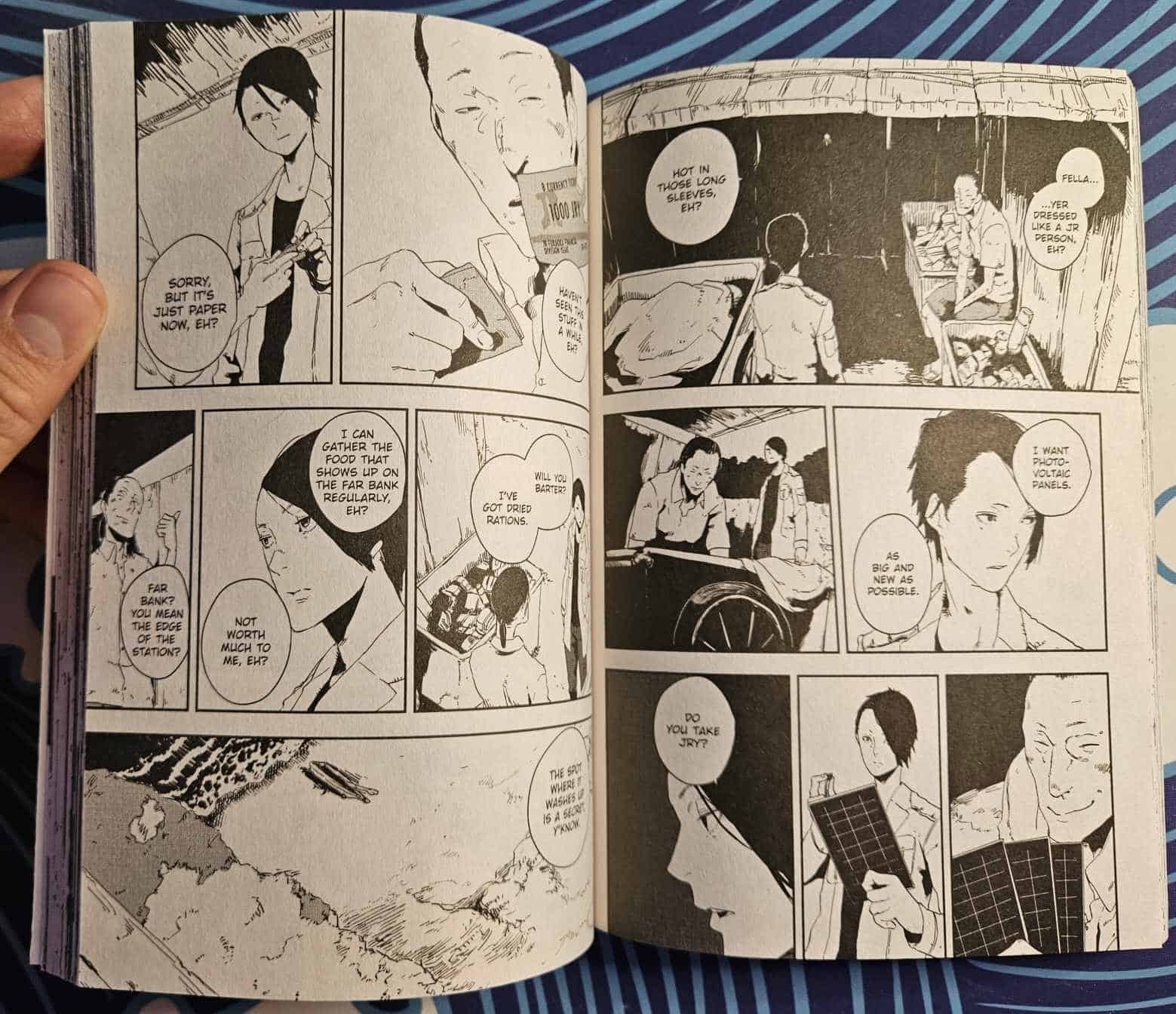
Appreciation for “Yokahama Station SF” manga still feels like it will largely hinge on the enjoyment of the source material, and those interested would best be served by checking that out first (available from Yen Press). Still, the manga adaptation is the perfect companion piece, offering enough to make collecting both appealing. “Yokahama Station SF,” both the manga and the novel, deserves a broader audience and discussion. If your interest is at all piqued, both are worth checking out.


